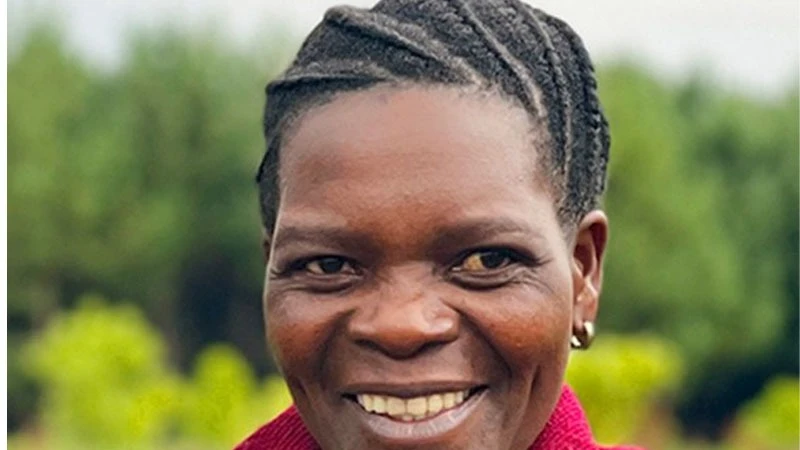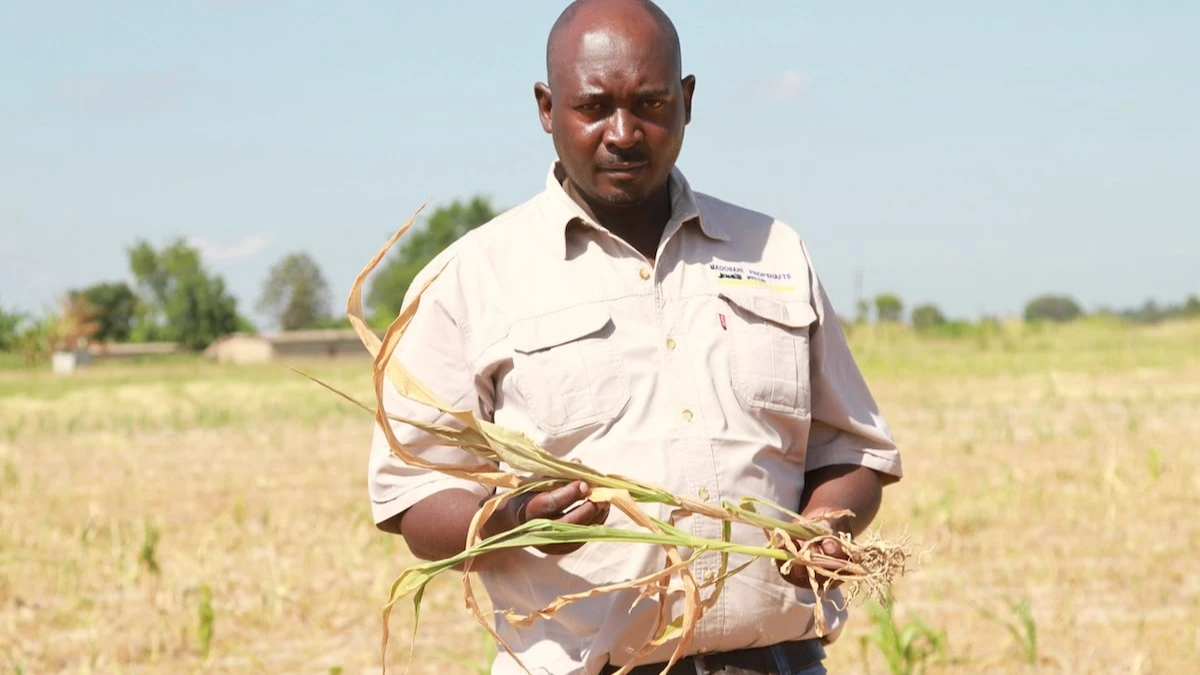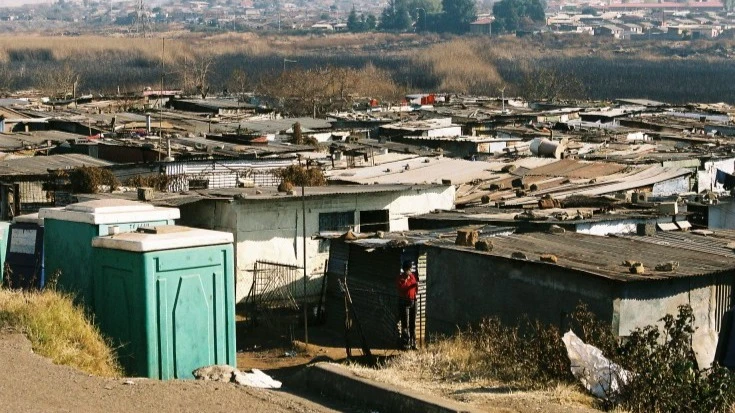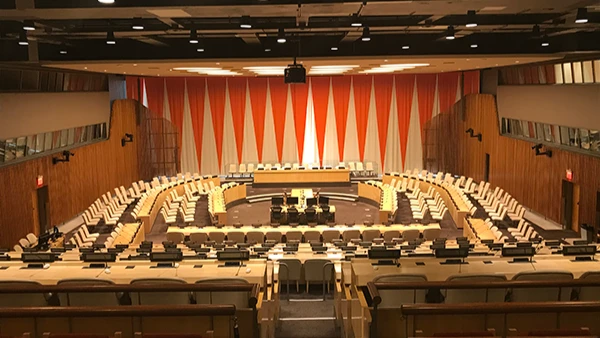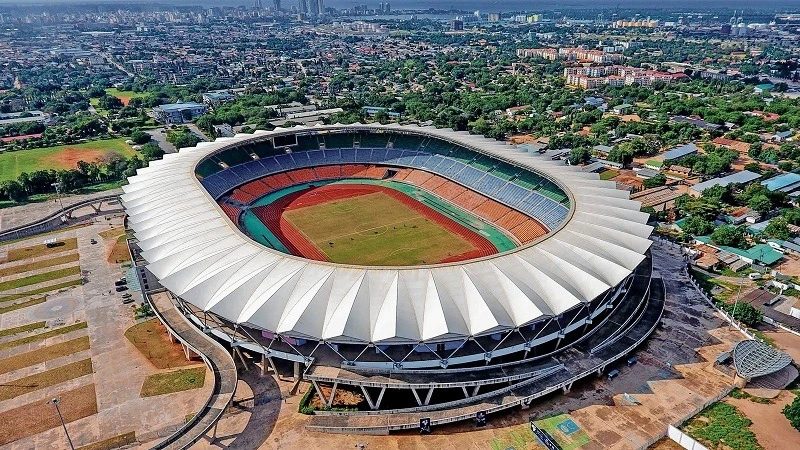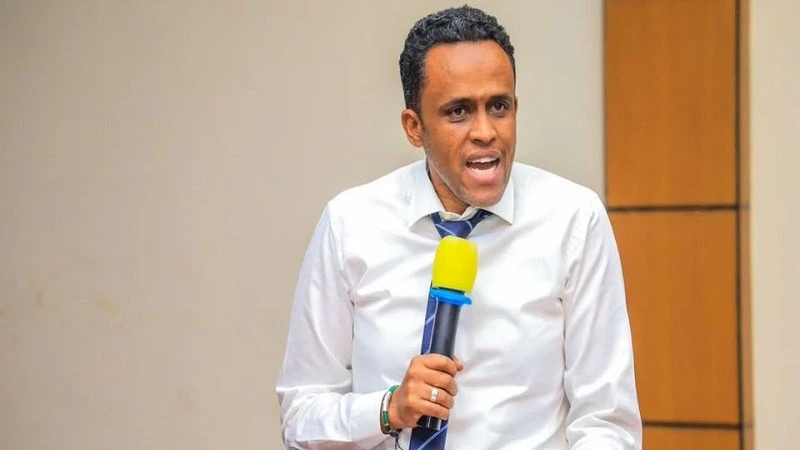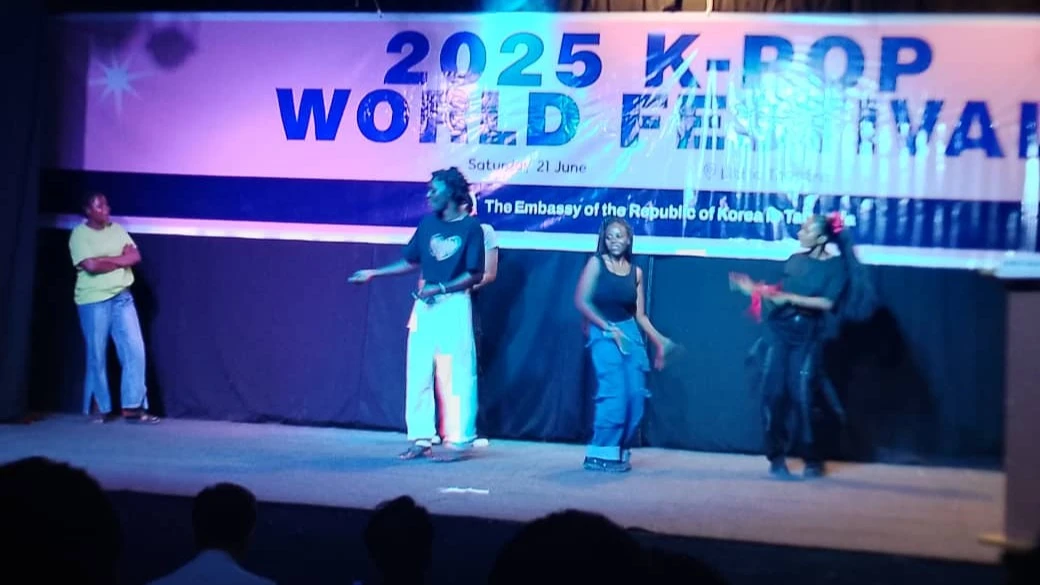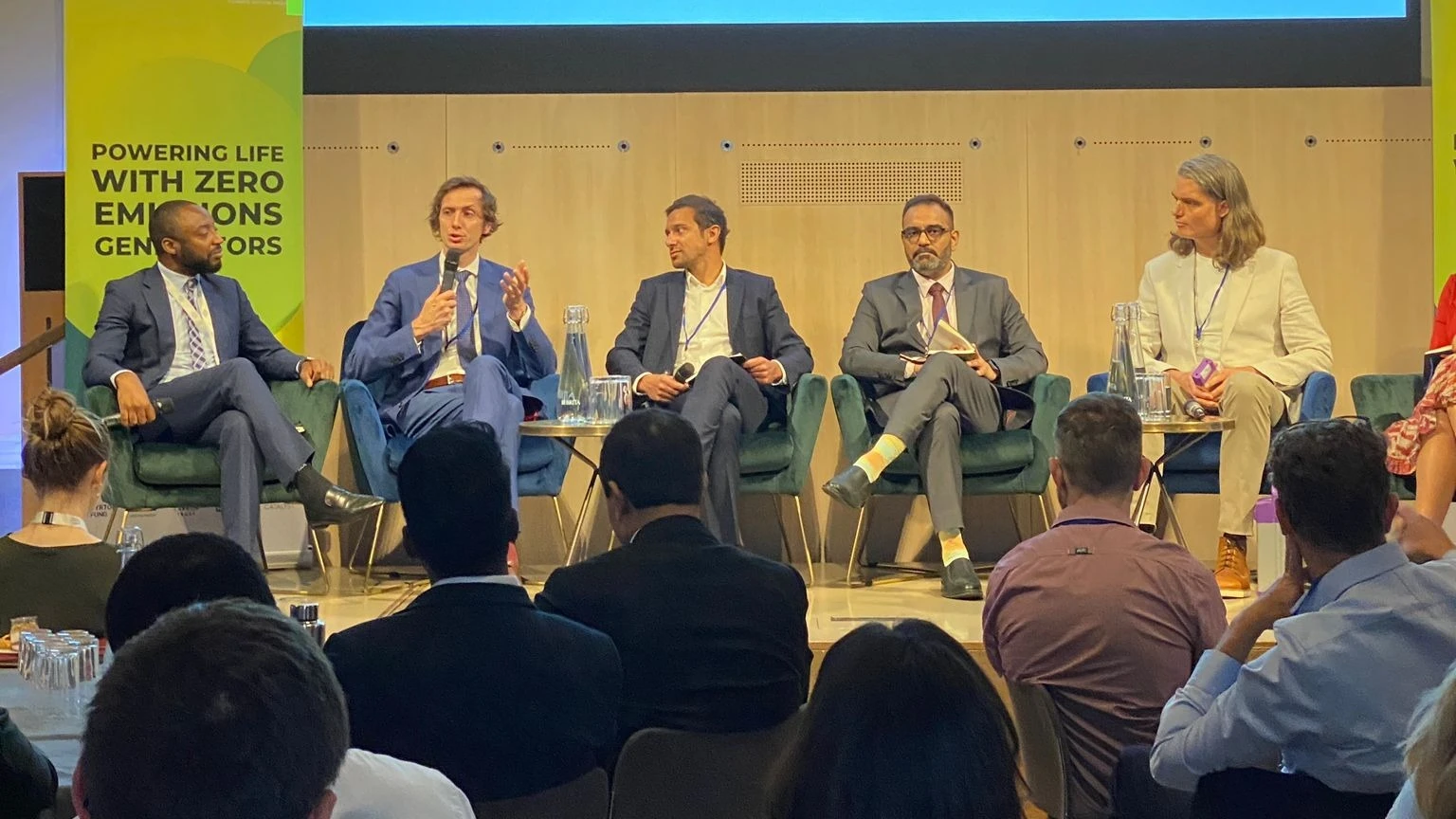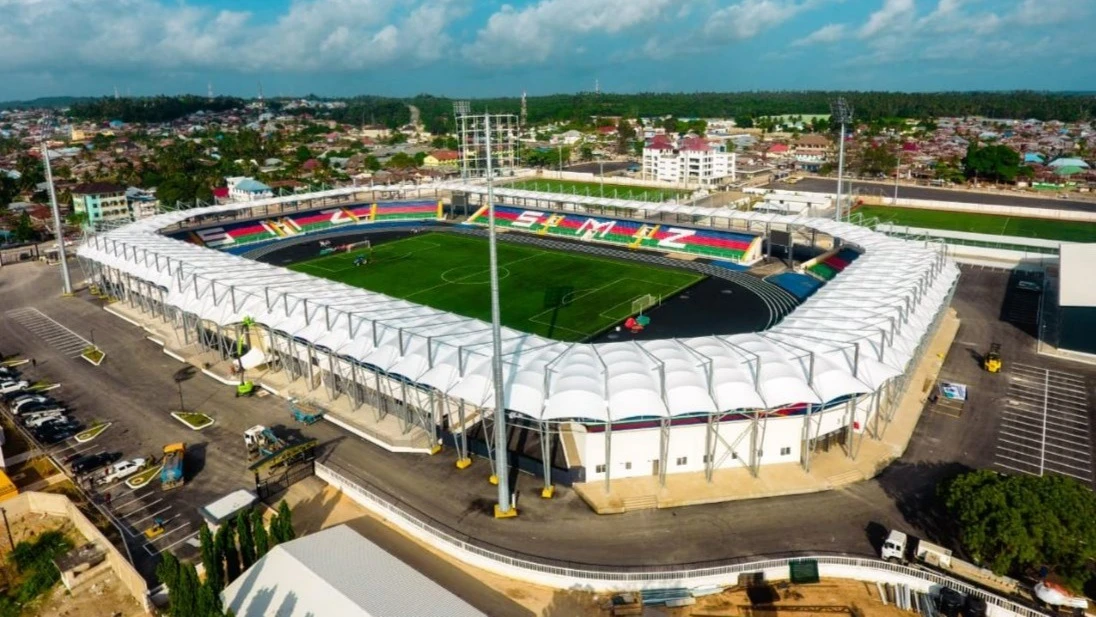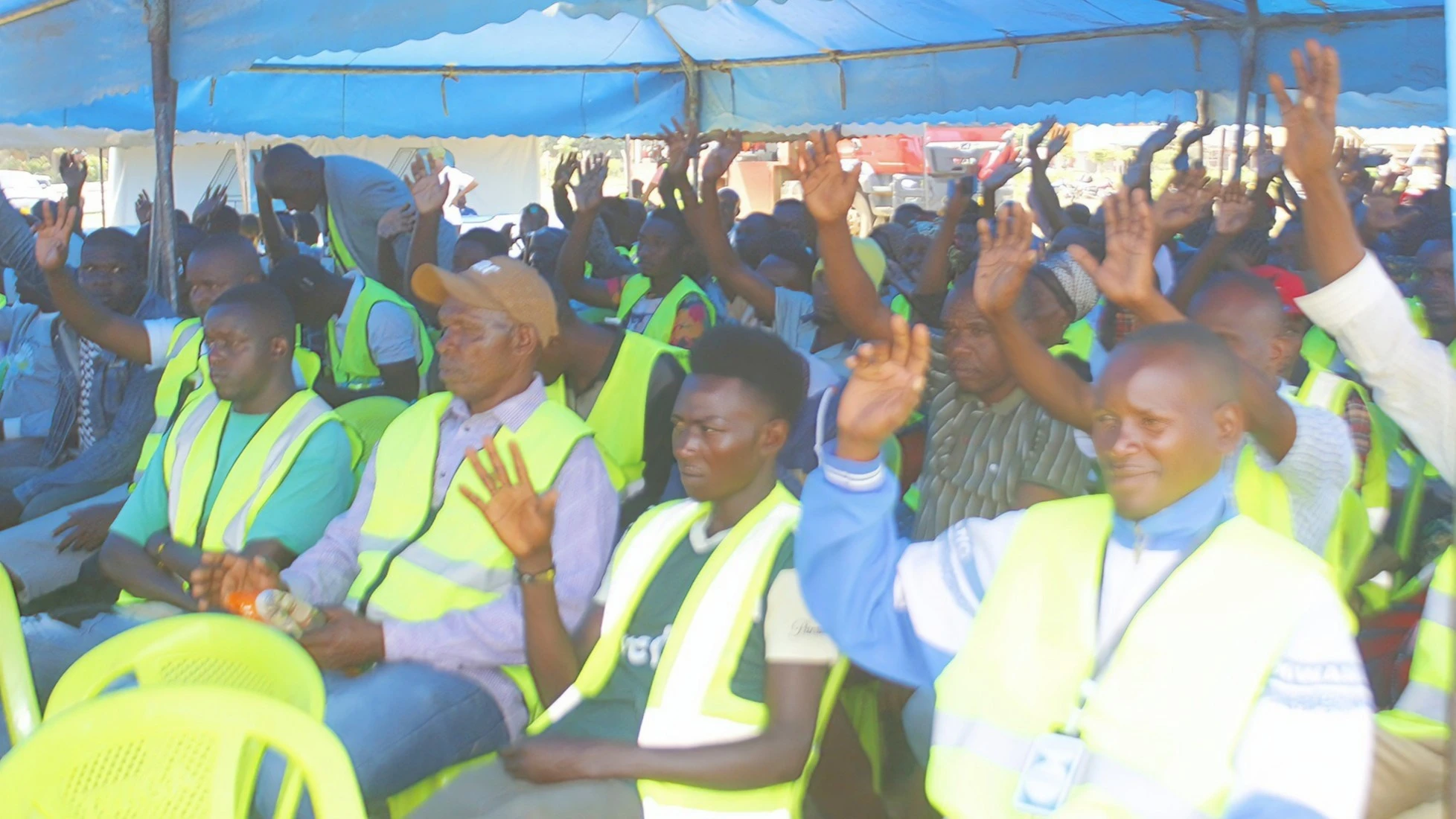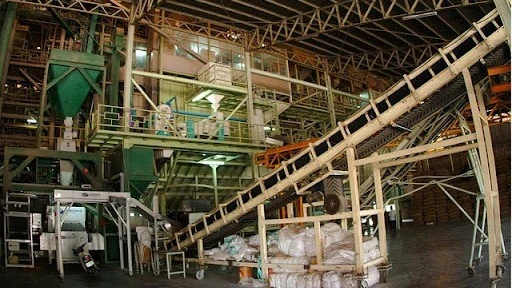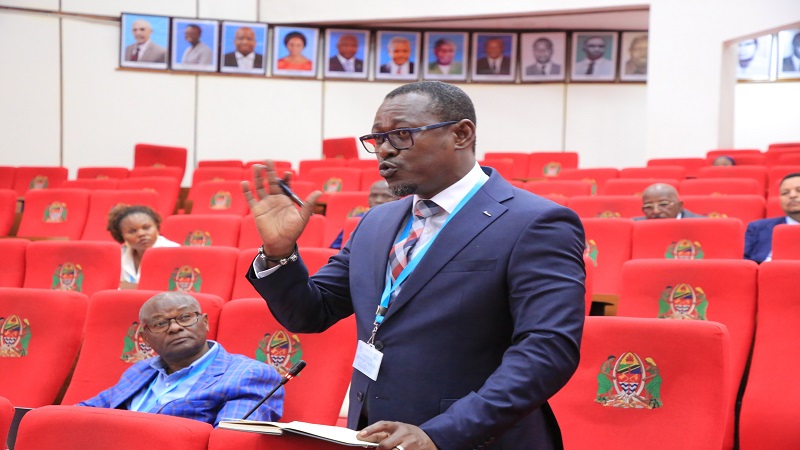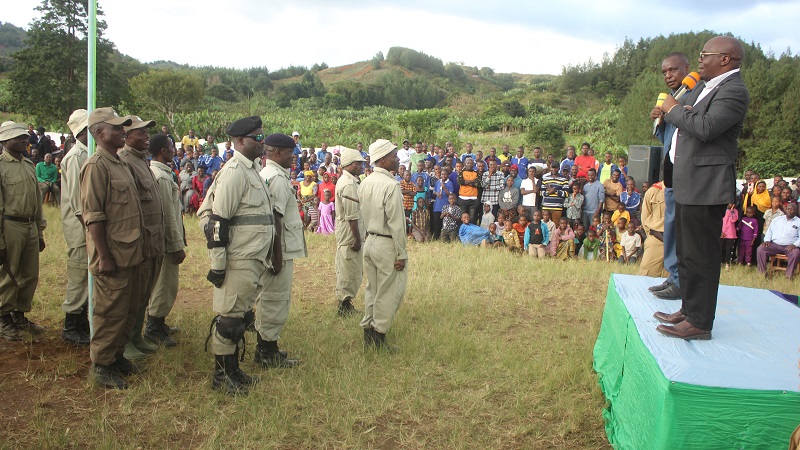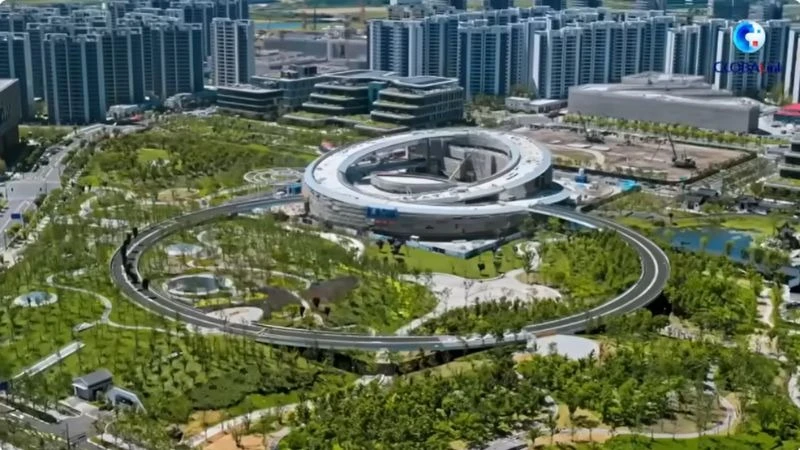Tanzania: East and central Africa's smerging as fertiliser powerhouse
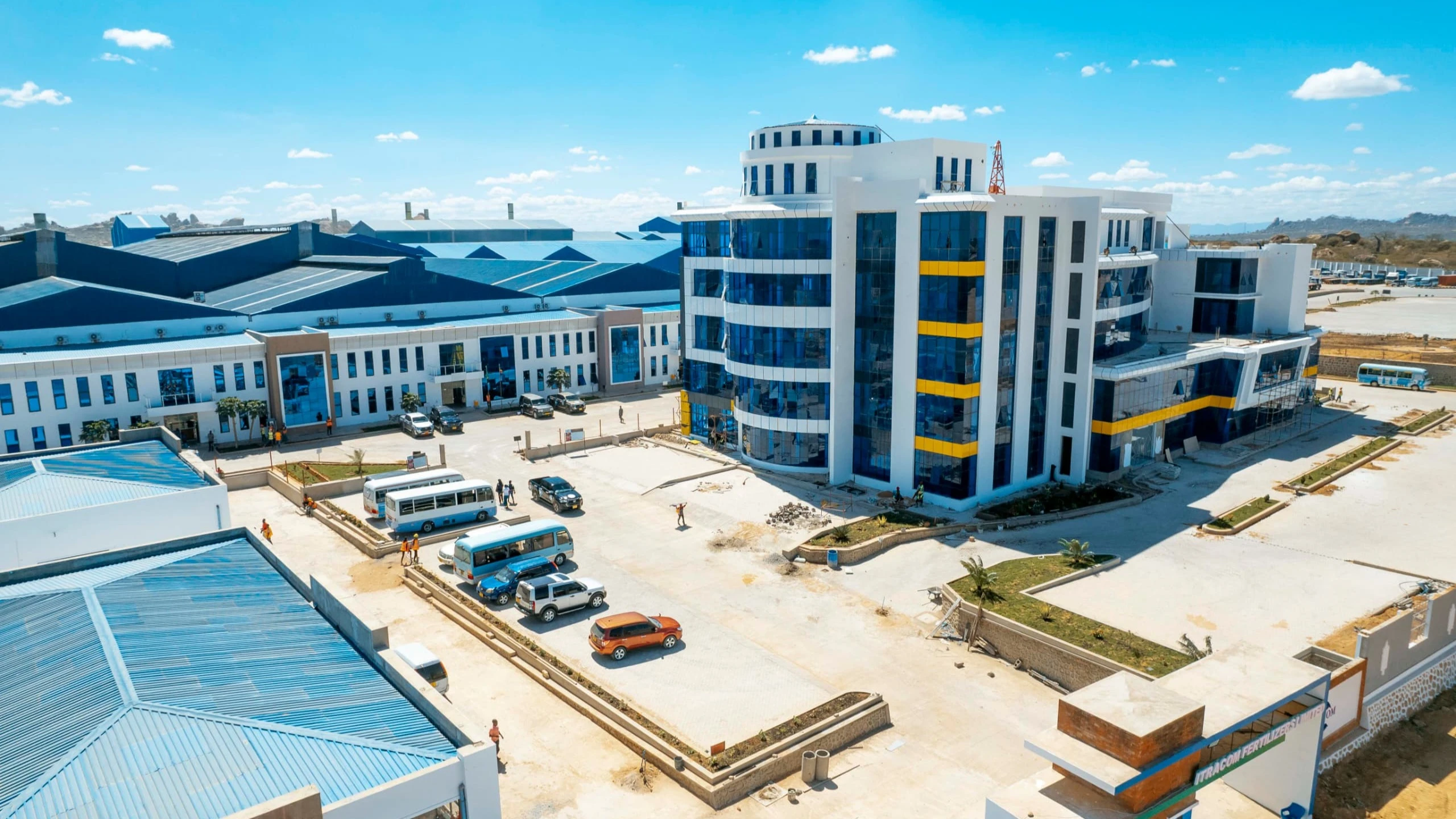
TANZANIA is rapidly positioning itself as a fertiliser production powerhouse in the East and Central African region, driven by a concerted government effort to transform its agricultural sector.
This ambitious goal is being realised through the rapid establishment of new fertiliser factories and a state-of-the-art laboratory, fostered by an enabling investment environment and supportive policies.
Under President Samia Suluhu Hassan’s leadership, the government is committed to "responsible development," prioritizing national economic growth through robust policies and development strategies.
Recognizing agriculture's centrality to economic growth, food security, and poverty reduction, and the vital role of farm inputs like fertiliser, Tanzania has actively attracted foreign investors to its fertiliser industry. The primary objective is to foster sustainable fertiliser markets and enhance farmers' access to essential nutrients, thereby bolstering agricultural productivity and improving livelihoods.
A key development in this transformation is the emergence of ITRACOM Fertiliser Limited (IFL) in Dodoma, which has become the largest fertiliser plant in the country.
IFL specializes in producing and distributing organo-mineral fertilisers (FOMI), a blend of organic and mineral compounds.
Hussein Bashe, Minister for Agriculture, emphasized the government's strong encouragement of domestic fertiliser production utilizing locally available raw materials.
To incentivize investors, the Tanzania Investment Centre (TIC) offers attractive packages, including access to land, exemptions on capital goods for factory establishment, tax relief on deemed capital goods, and allowances for capital and depreciation.
These initiatives have led to significant new investments, such as the $180 million ITRACOM Fertiliser Limited plant, with an installed capacity of 1,000,000 metric tons (MT) and an expected increase to 1.2 million MT by next year.
Existing facilities are also expanding; Minjingu Mines & Fertiliser Limited, for instance, has boosted its installed capacity from 100,000 MT in 2022/23 to 250,000 MT.
Furthermore, the government, through the Tanzania Fertiliser Regulatory Authority (TFRA), Tanzania Petroleum Development Corporation (TPDC), and Tanzania Investment Centre (TIC), has partnered with Indonesia’s Essay Group Limited to facilitate a new Ammonia to Urea manufacturing plant. This facility, which will utilize natural gas, is projected to have a capacity of 1 million MT and be fully operational by 2029.
A momentous occasion awaits Tanzanian farmers and agricultural stakeholders on June 28, this year, as Presidents Samia and her Burundian counterpart, Evariste Ndayishimiye, are slated to inaugurate the mega ITRACOM factory in Dodoma.
Minister Bashe expressed confidence that the launch of this modern plant, which already employs 1,805 people, will significantly reduce Tanzania’s fertiliser import bill. He anticipates that domestic production will sufficiently meet national demand, estimated at 2.1 million MT per year, by 2030.
Minister Bashe also pointed to Tanzania's excellent geographical location, with six land-locked countries relying on its ports for the cheapest entry and exit, as a further opportunity for the fertiliser business.
Tanzania's rapid emergence as a vital trade gateway for Eastern, Southern, and Central Africa, coupled with its membership in regional trade blocs like the East African Community (EAC), Southern Africa Development Community (SADC), and the African Continental Free Trade Area (AfCFTA), presents vast untapped market potential. As the economic and technological landscape rapidly evolves, Tanzanian business leaders are poised to pivot boldly, innovate courageously, and seize new growth opportunities in the fertiliser trade.
Joel Laurent, TFRA executive director, stated that his organization is committed to ensuring ITRACOM consistently produces fertiliser to meet farmers' domestic demand. He affirmed the regulatory body will continue to supervise product quality to meet national and international standards, cater to specific soil and crop needs across the country, and ensure production aligns with farming seasons. Laurent stressed: "It’s our duty to put in place an enabling work environment and coordination of the availability of raw materials, infrastructure, and markets."
He stated that the cooperation between TFRA and ITRACOM is "essential to ensure the safety of products, transparency in prices, and the timely availability of fertiliser to farmers." He highlighted several factors that influenced ITRACOM’s Burundian investors to locate in Dodoma, including the increased demand for fertiliser, Dodoma’s central geographical location, and the availability of natural raw materials like gypsum and lime in nearby regions.
Conducive government policies, an enabling investment climate, tax relief, land and infrastructure incentives, and the overarching goal of food self-sufficiency and becoming a regional fertiliser hub also played crucial roles. "The ITRACOM company leadership has shown cooperation of the highest degree in ensuring that fertiliser production adheres to technical requirements to ensure what is produced meets the required standards," Laurent explained.
Agricultural experts in the East African region note the limited number of fertiliser manufacturing plants, primarily in Burundi, Tanzania, and Uganda, with many blending plants across Kenya, Tanzania, Rwanda, and Uganda. While most focus on chemical fertilisers, ITRACOM stands out by producing organo-mineral fertilisers.
Though a few plants focusing on organic fertilisers are emerging, they currently operate below full capacity, unable to satisfy local demand. A key recommendation from EAC agricultural experts is the need for Partner States to support and promote investment in fertiliser production based on comparative advantage and economies of scale. In Tanzania, domestic fertiliser consumption has surged, reaching an annual consumption of 840,714 MT in 2023/24. With an annual growth rate of 20 percent, consumption is projected to hit 2.1 million MT by 2030.
Top Headlines
© 2025 IPPMEDIA.COM. ALL RIGHTS RESERVED


